I wasn’t here.
Monthly Archives: October 2021
Filters
camera shot angles and levels
high angle shot
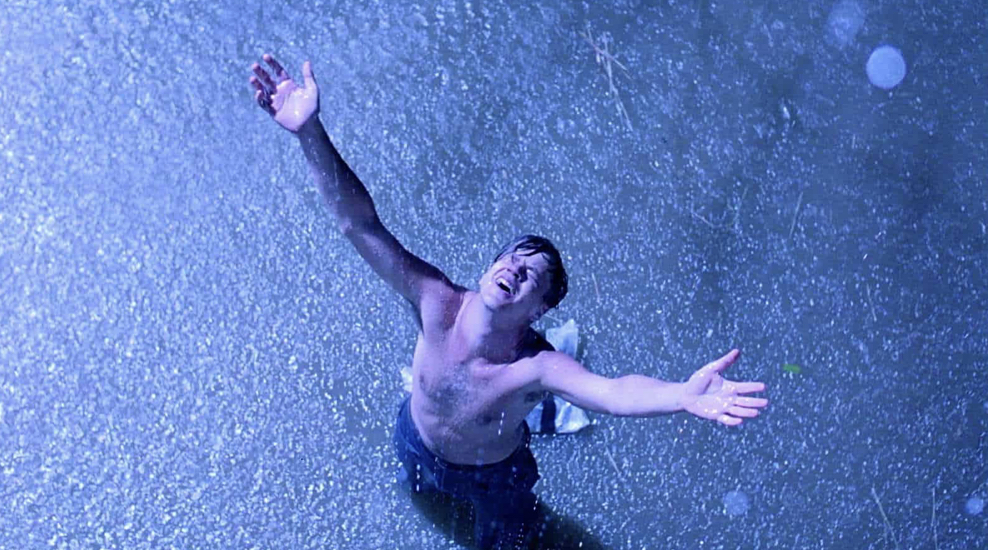
low angle shot

birds eye view

worms eye view

dutch angle
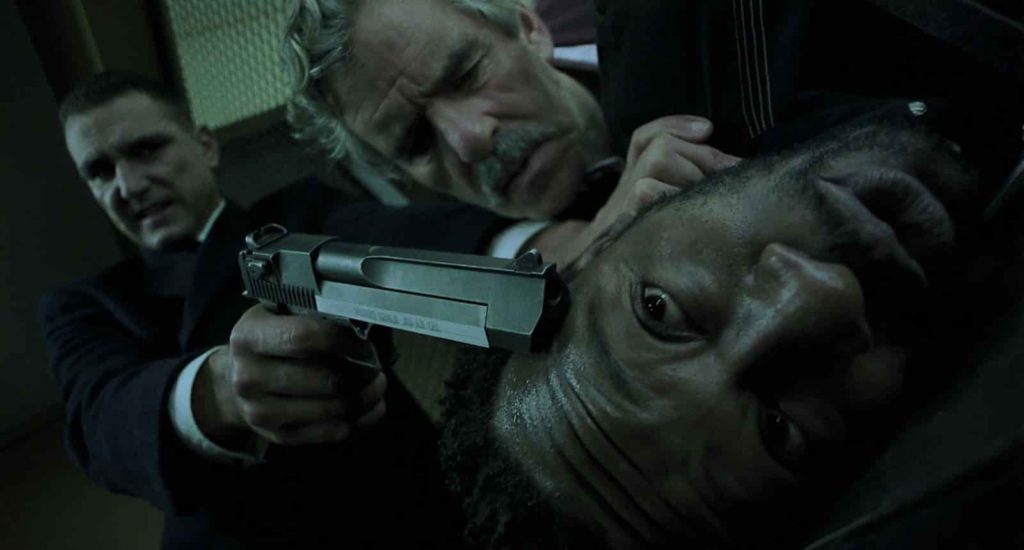
Eye level
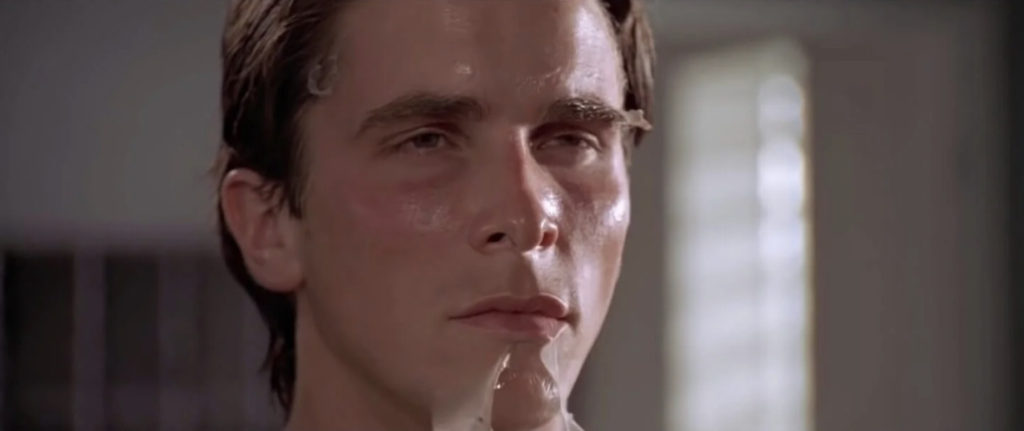
shoulder level

knee level
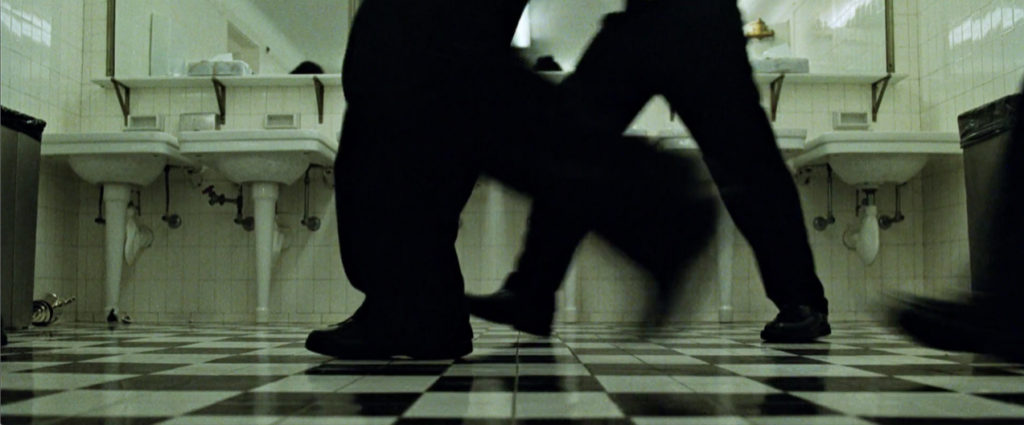
ground level
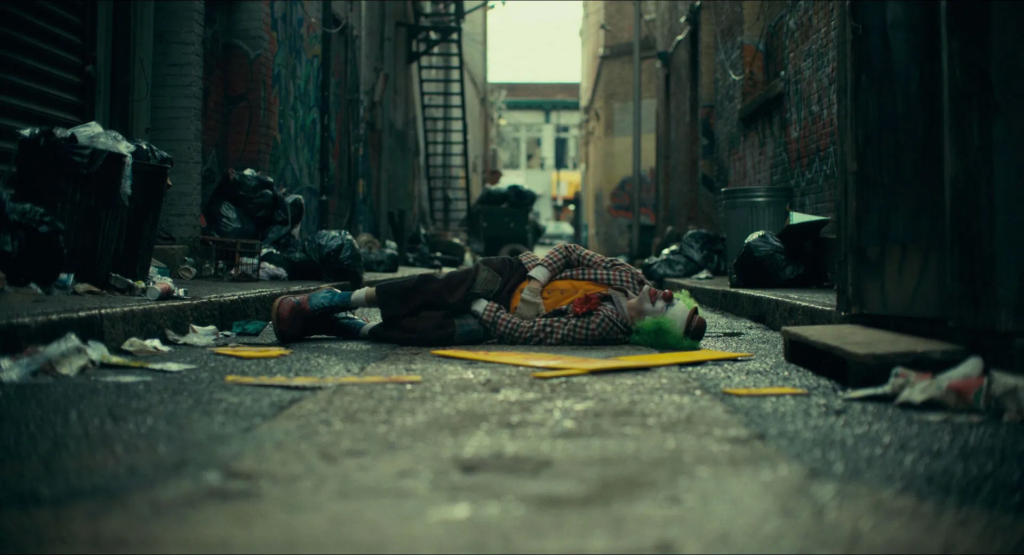
Hip level shot(cowboy shot)

Blog checklist
- Summer Task (What makes a good film? )
- Activity 1 Induction slides :Connecting the IB Learner Profile to Film Studies
- Activity 2 Induction slides: Categorising Film.
- Activity 3 Induction Slides : Identify a Formula for Box Office Hits
- Mise en Scene “Chaotic vs Anally Tidy” Examples.
- Mise en scene definition
- Mise en Scene Choose a Film which you think demonstrates “excellent use of Mise en Scene” and explain why. (Remember to illustrate your ideas with still images from the film!)
- Homework WK 1: (20 /09/21) Film as Art “Spectrum” Activity (from Monaco How to Read a Film).
- Bladerunner First Response and Memorable Scene
- Homework WK 3: (27 /09/21) Bladerunner Mise En Scene Essay (E MAIL TO ME DIRECT)
- Cinematography/Cinematographer definition (28/9/21)
- Diegetic, Intradiegetic, Extradiegetic gaze examples (30/9/21)
- Shot Distances Examples (1/10/21)
- Shot Angles Examples (1/10/21)
- Shot Movement Examples (1/10/21)
- Shot Types Table (4/10/21)
DEPTH OF FIELD
Shallow focus: Shallow focus is a cinematographic technique incorporating a small depth of field. In shallow focus, one plane of the scene is in focus while the rest is out of focus. Shallow focus is typically used to emphasize one part of the image over another. For example in the movie Red Lights, this character (Tom Buckley) is in focus and the main attention, while the background is blurred indicating the audiences focus onto him.
![Red Lights | The Personality Database [PDB] | Movies](https://www.personality-database.com/profile_images/201763.png)
Deep focus: Deep focus is a cinematographic technique using a large depth of field. Depth of field is the front-to-back range of focus in an image, or how much of it appears sharp and clear. In deep focus, the foreground, middle ground, and background are all in focus.

| Name Of Shot | Description of shot in relation to subject | Use In Storytelling |
| Extreme Close-up (XCU) | Part of the face takes up the entire screen. (eyes, mouth e.g.) | Gets inside the head and thoughts of the character. |
| Close-up (CU) | Whole characters face takes up screen. | Reveals characters emotional state. |
| Medium Close-up (MCU) | Characters head and shoulders in frame. | Subjects emotions and a little of their surroundings. |
| Low Angle (LA) High angle (HA) | Waist/knees upwards. | Shows if and which characters are in power and whose who are not. Intimidated or intimidator. |
| Extreme Long Shot (XLS) | Only scenery visible, Characters barely or not visible. | Used as an establishing shot. |
| Medium Shot (MS) | One or two characters in frame from waist height or sometimes over the shoulder of one of the characters (OOS) | Often used as a master shot/Two shot/shot-reverse for conversations |
| Pan/ Tilt | Camera moves across the horizon/camera moving up and down. | Mimics a static character looking around. |
| Track (on a Dolly, steadicam or handheld) | Camera follows subject moving along with the character. | Audience is following the action, more involved. |
shot types table
| Name of Shot (Abbreviation) | Description of Shot in Relation to Subject | Use in Storytelling |
| Extreme Close-up (ECU) | Part of the face e.g. eyes takes up the frame | Gets inside the head of a character |
| Close up (CU) | Whole face takes up the frame | Reveals character’s emotional state |
| Medium Close- up (MCU) | Head and Shoulders in frame | Helps shows the subjects emotions while also showcasing the background |
| Low Angle Shot (LA)/ High Angle Shot (HA) | Used to make the audience look up/down to the characters | Makes the characters seem powerful/strong or weak/scared |
| Extreme Long Shot (ELS) | Only scenery visible can’t make out individual people | Used as an establishing shot |
| Medium Shot (MS) | One or two subjects in frame from waist height sometimes taken from “over the shoulder” of one of the characters (OSS) | Often used as a Master Shot/ Two Shot/Shot-Reverse for conversations |
| Pan/ Tilt | The camera turning round a character or a scene, horizontally (pan) vertically (tilt) | Mimics a static character looking round a scene |
| Track (on a dolly, steadicam or handheld) | Camera follows a subject by moving along with them | Used to show where the character is going brings audience along on a journey |
Shot movements
Tracking Shot [Steadicam]: The camera follows the subject around the scene, usually keeping the camera still through the use of a Steadicam. A tracking shot is used in order to immerse the viewer in the scene, making them move with the character which allows them to watch the scene unfold at the same time as the scene’s subject.

Pan: The camera moves either left or right without changing it’s base position, revealing something previously off-screen. Pans can be used in a variety of ways as they can be used at different speeds, therefore changing the tone of the film. For example: A quick pan is often used for comedic affect or to emphasize what’s appearing on screen whilst a slow pan makes the scene look more dramatic as they drag out the reveal of whatever is going to appear instead of letting it flash on screen for a few seconds.
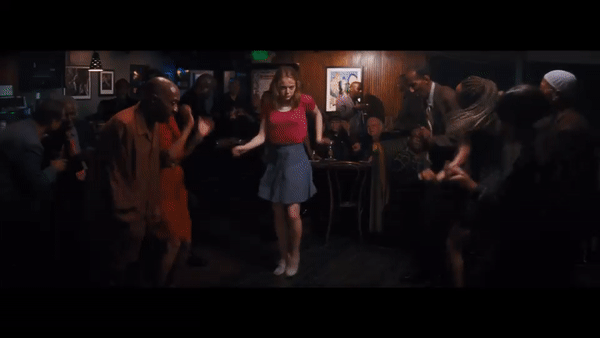
Zoom: The camera is focuses on a subject and either allows more of the background to be seen by changing from a close up into a long shot or, most commonly, focus on a characters facial expression by through the use of a long shot into a close up. A zoom can happen quickly in order to create a dramatic or comedic tone or can be dragged out, adding tension to the scene and slowing the pace.
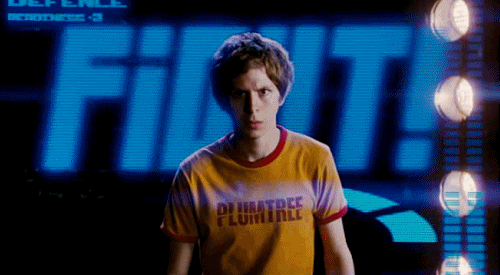
Shot Angles, Movement and Types
Angles
Low angle
High angle
Overhead View
Dutch angle
Eye Level
Shoulder Level
Hip Level
Knee Level
Ground Level
Movement
Pan Left/Right
Crab Left/Right
Track In/Out
Ped Up/Down
Tilt Up/Down
Types
Extreme Close Up
Close Up
Medium Close Up
Master/Medium Shot
Medium Long Shot
Long Shot
Extreme Long Shot
